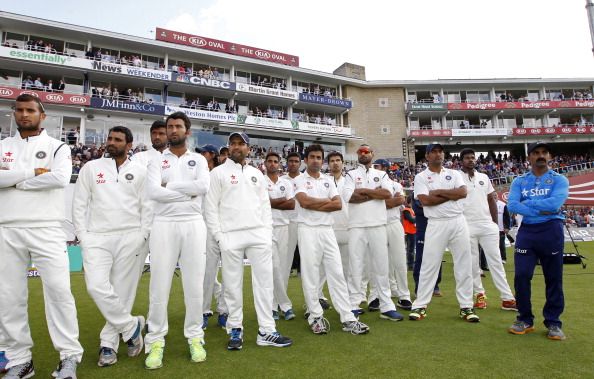
The road to redemption for Indian Test cricket
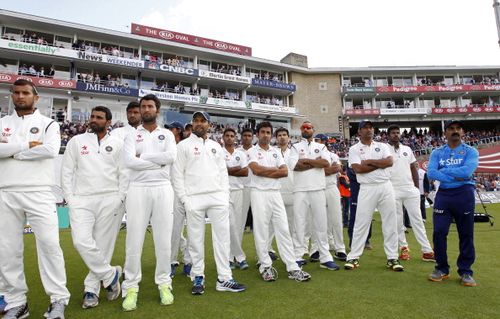
All the rhetoric in press conferences and post-match interviews cannot camouflage the serious malaise that ails Indian Test cricket today. All talk about young team learning from the series defeat at the hands of England is just that, plain talk. With the one day series coming up soon, the root causes and the necessity of remedial measures will be forgotten.
For the statistically inclined, there are some dismaying numbers which highlight the extent of damage and the potential causes. The obvious one amongst these, is the headline item, that India were 1-0 up in the series, and then crashed to a 3-1 series defeat, recording one of their worst losses in recent times.
In their last five innings of the series, starting with the second innings at Southampton, the Indian team averaged a total of 146 runs per innings. The obvious reason was the top half of the line-up, the specialist batsmen letting the side down with unerring consistency.
Including the two early individual centuries from India, one each by Murali Vijay (Trent Bridge) and Ajinkaye Rahane (on a lush green first day pitch at Lord’s), the top five Indian batsmen averaged – hold your breath – a princely 16.27 runs per innings through the five test series.
India lost 77% of their wickets to English seam bowlers, which is not a big shock. What was really shocking was the errors and flaws in technique which repeated with alarming consistency. It does raise the question about the learnings, if any.
After having conceded the series lead at Lord’s, England got their act together, as India obligingly disintegrated. Was it complacency, was it the distraction of the off-field affairs, it’s hard to say. The occupants of the Indian dressing room may shed more light on it.
The margins of defeat expanded exponentially with each reverse. At Southampton, where England drew level, their margin of victory was 266 runs. At Manchester, as they pressed ahead to take the series lead; they trounced India by an innings and 54 runs. This widened to an embarrassing level at The Oval, where India were beaten by an innings and 244 runs. A banner just outside the arena summed it well - “Give Them Another Go Cookie”.
The legendary Sunil Gavaskar, who once scored a flawless double hundred for India at the same ground, was crestfallen. The manner of his summing must have really hurt - “it’s embarrassing, it’s inept, it’s pathetic!” - is all he could muster.
Hard Thinking and Tough Love
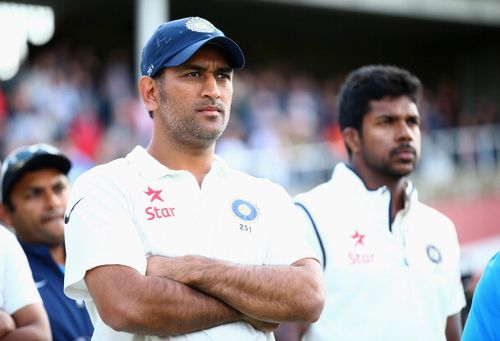
To begin with, nothing should be off the table. It must start with a clear acknowledgement of the problem and its depth, which just needs to be accepted by the Indian cricket authorities.
Players, managers, coaches and staff supporting the team need to be held accountable. Professional sportsmen cannot walk in an arena where they do not wish to try their best and perform. Some serious questions need to be asked about the role and effectiveness of the coaches and advisors surrounding the players.
Talk about matches coming thick and fast, causing players fatigue and exhaustion are laughable. These are sportsmen who have all the facilities and support to build the required strength and stamina for the sport. If they cannot, it begs the question of their suitability at a very basic level.
The consistency of repeated technical flaws makes one wonder about the desire, intent and abilities of the players and of their coaches to fix the problems that need fixing. The issues were not only with the batting but slip catching too, throughout the series. A team playing in England just has to learn to catch the nicks. It is bread and butter.
Consistency and accountability
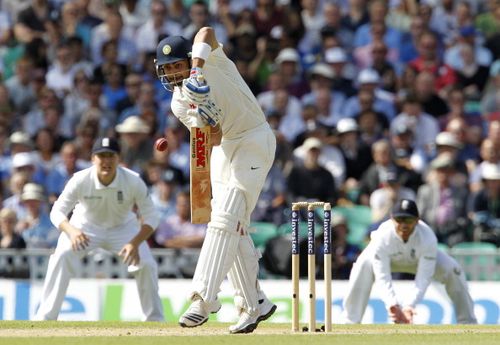
The bowling was good in patches and spells, but lacked the consistency as a unit. In the series of 2007, when India beat their hosts, Zaheer Khan demonstrated amazing consistency, guile, bowling in tandem with Anil Kumble to keep relentless pressure. After the debacle of 2011, when even Dhoni had to take his pads off and bowl seam up, India should have been better prepared with a well-oiled bowling unit, which had the ability to keep pressure. Five good deliveries and one boundary ball is what good Test batmen feed off all day.
The overall commitment to the task was absent, and was most evident yesterday, on what turned out to be the final day of the Oval Test and series. India were battered in the morning, conceding 98 runs off 11 overs in the first session, fielded poorly and then batted with no intent to pretty much concede the match without any resistance.
Players struggling with poor form, while showing little resolve and effort to correct things, cannot be allowed to retain assured spots. Virat Kohli was a strong case for being rested after six failed innings, maybe after eight, but one wonders whether it was a consideration. If it was not, then it should be. That’s the way a standard gets set, based on performance and accountability.
Separate formats, separate players
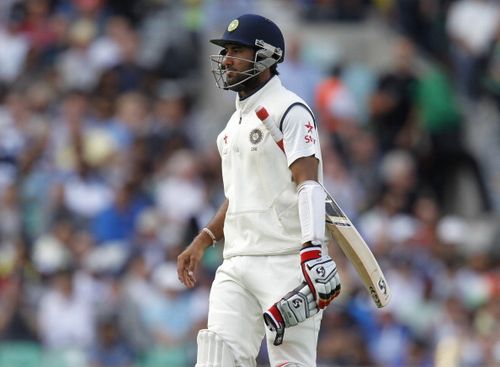
It is apparent that a strong diet of limited overs cricket dulls many of the traits required for Test match cricket. The powers of concentration get limited; the will to fight and apply oneself with patience and resilience for long periods, session after session does diminish. A separation of leadership and personnel for the different formats is a route many of the leading nations playing the game have already implemented.
Undoubtedly, there will be a few exceptional players who will apply themselves to more than one format, or in fact all three, for parts of their career. But the point is to recognize that excellent ball striking skills did not come naturally even to the great Rahul Dravid or Sunil Gavaskar, but they had the technique and resolve that Test batsmen would kill for.
Increasing exposure to alien conditions needs to be strongly encouraged and enabled by the Indian cricket authorities. This could include various options. Many more India A tours to difficult terrains like England, South Africa, Australia and New Zealand, ensuring selectors put a high weight on performances of such tours.
Playing first-class cricket outside the sub-continent will help hone the skills for many, assuming they can find time from other commitments and contracts. Another big step that cricket authorities can help themselves with is the development of suitable venues in India which can support hard grass top pitches, prepared for domestic cricket, selection and trials, not just academies.
Many pundits will volunteer many more mature ideas. The real risk is apathy, with the one day series just round the corner. A rude reminder though – on the last visit in 2011 India lost all the limited overs matches to the hosts. And the way the momentum has shifted, and the confidence has moved for both teams, this could be still a long painful summer for Indian cricket.